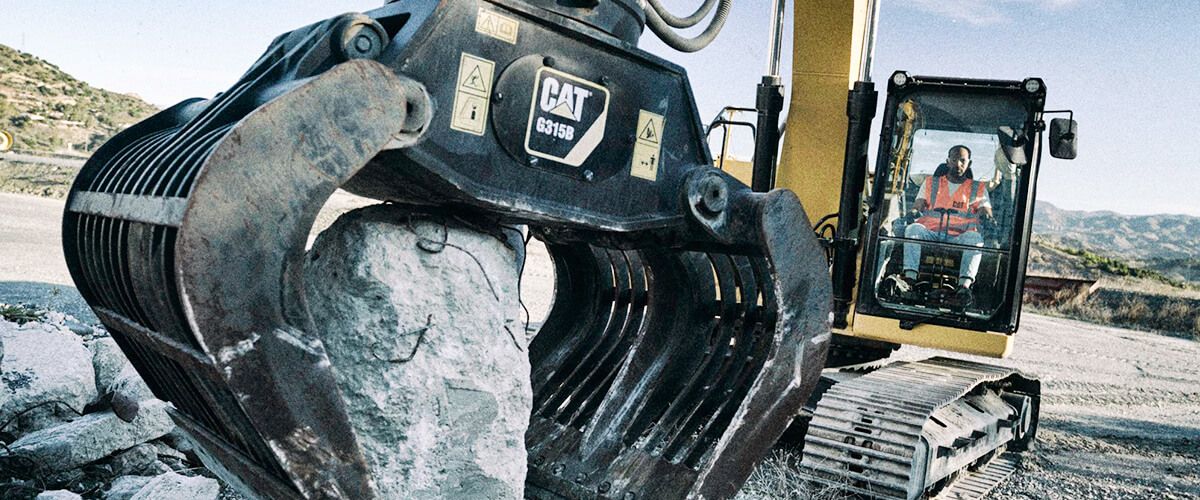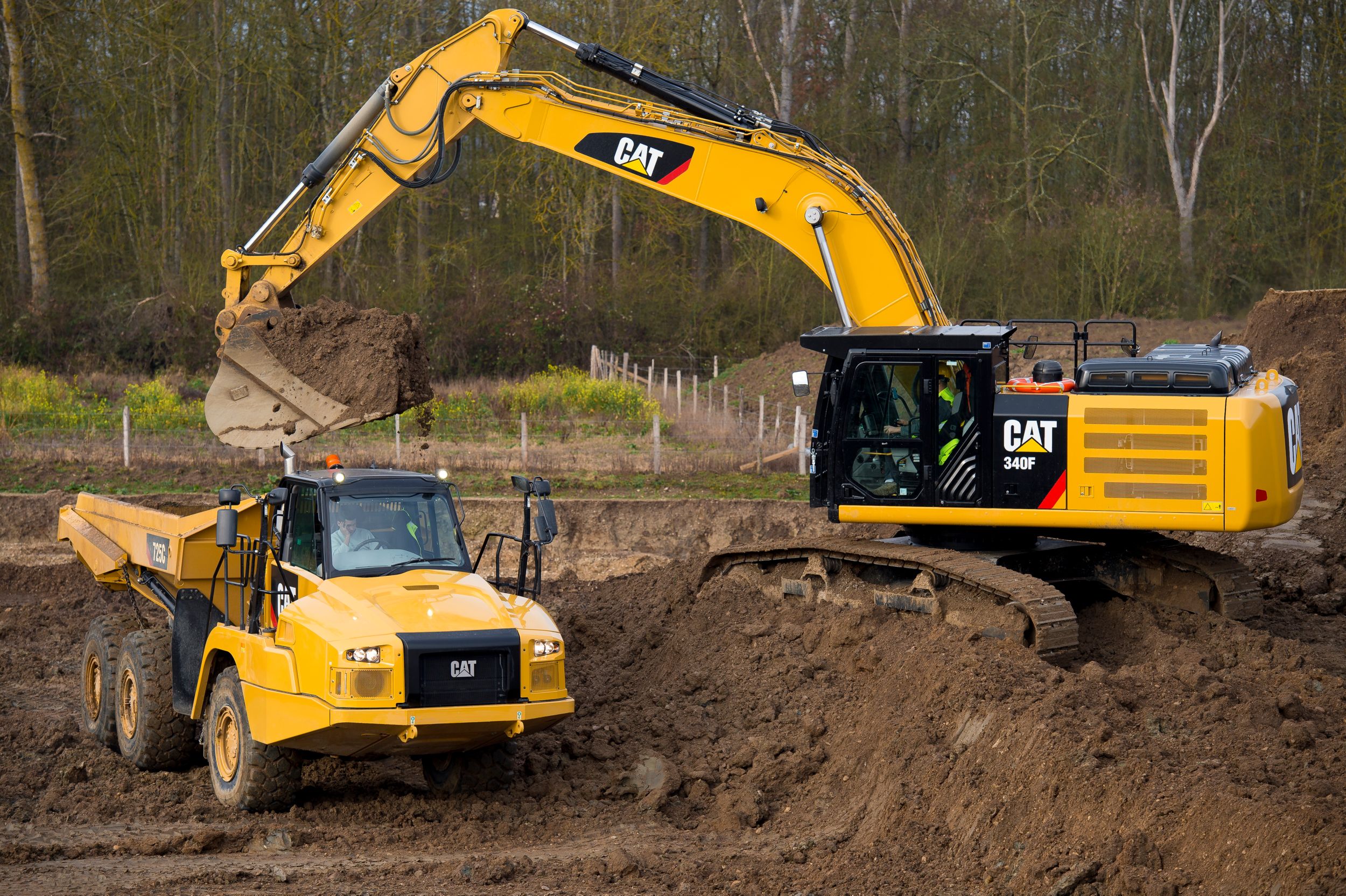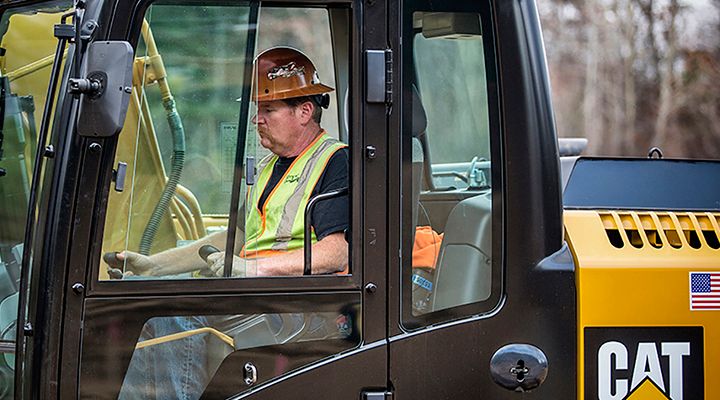If you already have an existing account with another Cat App, you can use the same account to sign in here.
One Account. All of Cat.
Your Caterpillar account is the single account you use to log in to select services and applications we offer. Shop for parts and machines online, manage your fleet, go mobile, and more.
Account Information
Site Settings
Security
DON’T OVERLOOK ATTACHMENT MAINTENANCE
The tools that do the work deserve as much attention as your equipment itself. Keep these three tips in mind to prolong attachment life, increase productivity and lower costs.
The importance of planned maintenance for heavy equipment can’t be overstated. It’s how you keep machines running at peak performance and catch potential problems before they turn into costly repairs or failures. But are you applying that same philosophy to your attachments? They’re just as important to your productivity as your equipment. Here are three simple ways to prolong the life of your work tools:
1. Choose them (and use them) right.
Attachments are designed for specific pieces of equipment and applications. So make sure you’re considering climate, jobsite conditions and material composition as you select work tools for your machines. Forcing an attachment onto a machine it’s not made for can damage both the tool and the machine — and even if it fits, it could cause efficiency and safety issues. Also, only use attachments within their operational parameters, which are laid out in your operation and maintenance manual.
2. Maintain them right.
As your operators perform their daily machine walkarounds, make sure they include each machine’s work tools in the inspection — particularly keeping an eye out for damage or wear. Attachment areas are often high-stress points, so encourage operators to look closely at those connections for signs of problems. And don’t forget these everyday attachment maintenance tasks:
Grease fittings for proper lubrication
Check hoses and fittings for leaks and cracks
Ensure fittings are tight
Clean hoses and fittings to prevent contamination
Inspect locking mechanisms
Wash and clean attachments after daily use
3. Store them right.
Proper storage is another key to extending attachment life. Always store your work tools in a sheltered location — indoors if possible — to protect them from the moisture and sunlight that can lead to corrosion, rust and degradation. As you prepare to put attachments away for an extended period, remember to:
Remove any grease, dirt or debris
Inspect for visible damage or wear
Tighten hydraulic connections, loose nuts and cap screws
Lubricate grease fillings
Fill exposed areas of cylinder rods with grease
Connect hydraulic couplers to protect the hydraulic system from pollutants
Touch up any unpainted sections to prevent rust
Making sure your work tools are as well-maintained as your equipment goes a long way toward improving your productivity and reducing your costs. Consider adding an attachment locator to help keep maintenance on track. In addition to providing GPS location data, these simple tools can tell you the number of hours a particular attachment has been in service, so you can predict the need for maintenance or replacement of wear parts.
RELATED ARTICLES
You’re here to get ideas to grow your business. Read on for machine insights and expert tips and tricks to get more out of every job.
-
Machine Telematics
Harness the data of your machines through telematics subscriptions. Find maintenance problems early, increase productivity and save money by following our telematics guide.
Learn More -
Rolling Resistance Factors
You can use rolling resistance factors to help you identify which equipment will be most efficient on your worksite.
Learn More -
Swell & Void Percentage, Load Factors
Learn about Swell and Void Percentages, load factors and how they can affect your fuel efficiency.
Learn More -
New Ways to Burn Less: The Latest in Fuel Efficiency
More stringent emissions standards pushed manufacturers to develop engines that run cleaner with many of those advancements resulting in big gains in fuel efficiency.
Learn More





